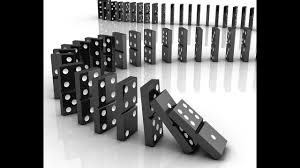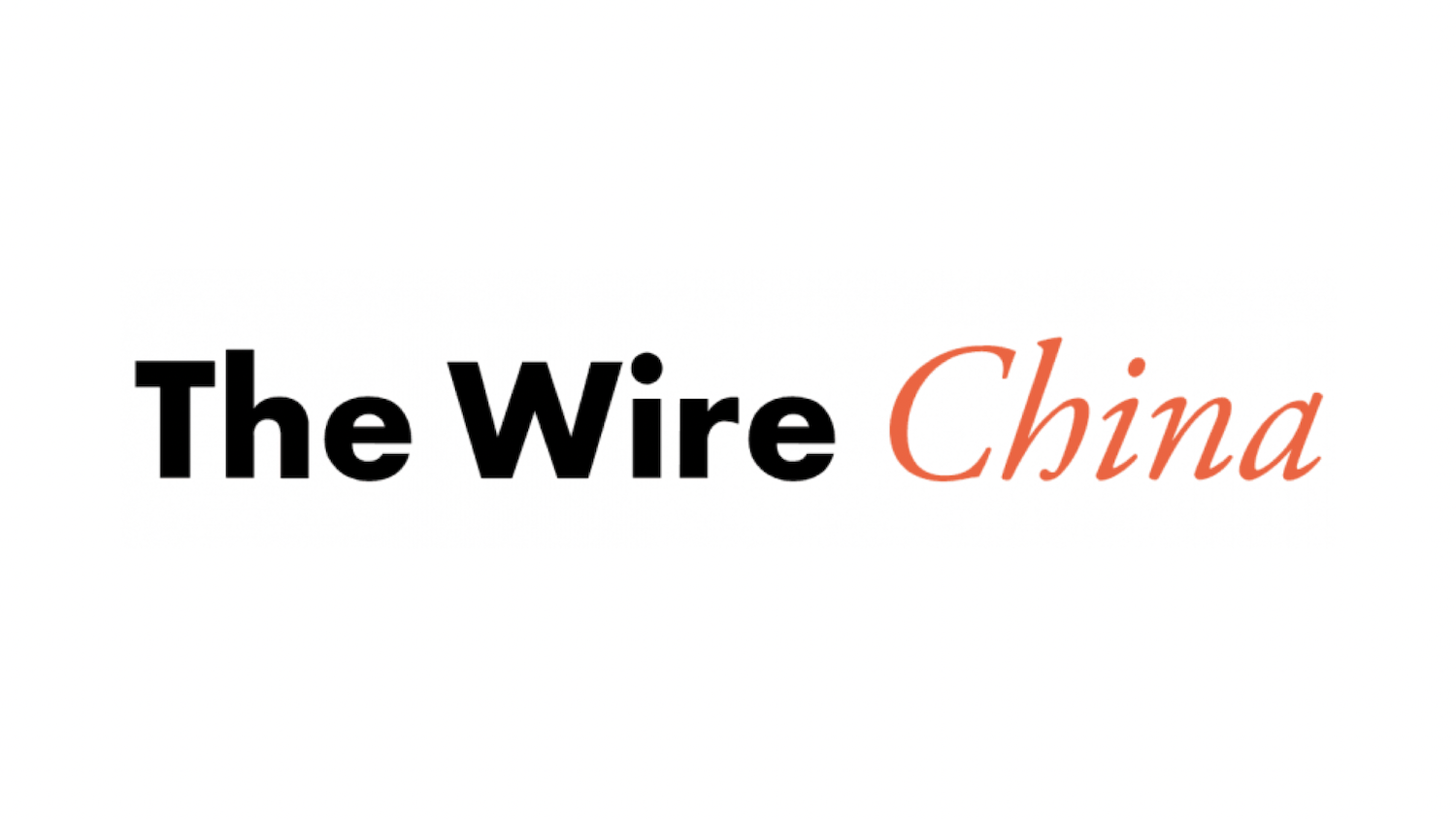The Domino Effect of Global Tariffs on the Supply Chain
There will likely be effects on the economy in 2025, and maybe in 2026.
The announcement of tariffs on “Liberation Day” has created a cascading set of outcomes for global supply chains. The first impact was that every US-based company has essentially gone into a “frozen” mode. That means they have halted all travel, all capital investment, and all hiring activity. Many of our graduating students who had job offers in hand, have had those offers rescinded…
Most US companies, including small businesses, are in limbo. Although there has been a temporary hold on tariff execution until August, no one has any idea what the next social media post from the White House will do to suddenly create a new operating environment. Operating in a condition of absolute is the worst nightmare for every CEO, as it renders it impossible for effective planning.
This level of chaos is not restricted to North American firms, but indeed is impacting factories, suppliers, and shippers everywhere in the world. Target just announced that they had no idea what this year’s earnings will look like. I recently learned that Walmart is currently moving all of their product shipments to June and July, in effect hoping to receive a bulk of their goods for 2025 prior to adoption of the tariffs in August on China, India, Bangladesh, Vietnam, and other Asian countries.
As a result in the push for early delivery, ocean freight rates are escalating dramatically, as everyone (not just Walmart) is pushing to get product early and avoid tariffs. Ocean freight lead times have also escalated to 65 days on average. Consumers have also started loading up on inventory, and auto, appliance, and consumer goods sales are also up, indicating that front loading by consumers is going on.
But what will happen after the deadline passes?
I believe we will see a drop in global shipments from overseas suppliers on the part of all retailers. Retailers will not purchase a product and put it on the shelf, if the tariffs can’t be avoided. Many retailers have sought to work with their shippers, who in turn have asked to work with manufacturers, to absorb some of the tariff levels into their margins, but there are limits to what can be done. Thus, it was no surprise when Walmart’s CEO announced that they could not simply “EAT THE TARIFFS”, and Target and Lowes also agreed that the magnitude of the tariffs was too much for any party or combination of parties in the supply chain to absorb. So that means these retailers will not buy product at a higher price, because no one will buy them. Are we likely to see empty shelves because of shortages, a return to the COVID days? Possibly.

The net impact of the tariffs is hurting manufacturers around the globe most of all. Producers of toys and kitchenware are seeing demand stagnate, production of apparel and soft goods is declining, and because of the suddenness of the tariffs, manufacturers are sitting on a ton of finished goods inventory nobody wants to buy. Reports are that manufacturers in China, India and Bangladesh have up to $30M – $40M of inventory sitting on their docks. The large factories with deep pockets can afford to wait it out, but smaller manufacturers will likely go under, as their working capital is being squeezed, and they can’t keep this up for more than a few weeks. Everybody has a limit as to how long they can hold off. And if some of these apparel factories go under, they cannot be replaced overnight. It could take years to replicate their capabilities, especially in China and India.
My sources also tell me that textile machinery manufacturers in the US have also not seen any uptick in orders. There is no talk about scaling up production in the US, and even factory owners don’t want to move unless the tariff rules change. Everything is stuck. So much for re-shoring.
It is imperative that US government trade officials work faster to negotiate with countries and lower tariffs, and come to trade agreements faster. So far, only two countries, China and the UK, have formally drafted agreements, and this has been in the last 45 days… (so much for “90 agreements in 90 days”). Negotiators from other countries have flown in DC, and are being told to wait, and after several days, they go home.
The domino effects of these tariffs are likely going to continue throughout the year. One cannot shift supply chain designs on a dime, and these problems likely have a long lead-time in their effect on the economy. But there will be an effect.

